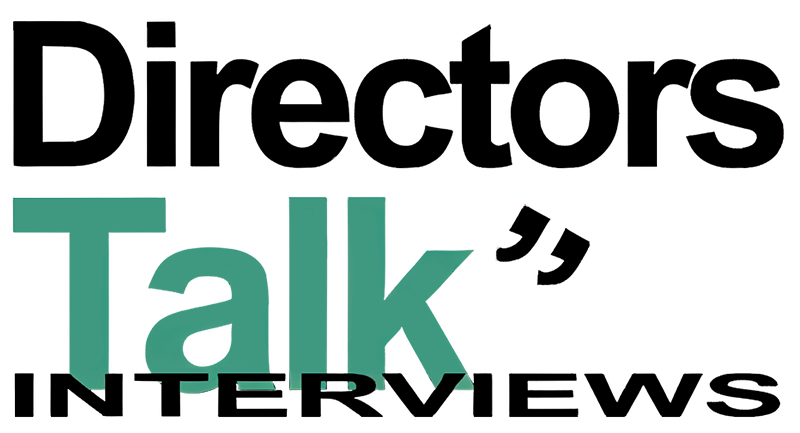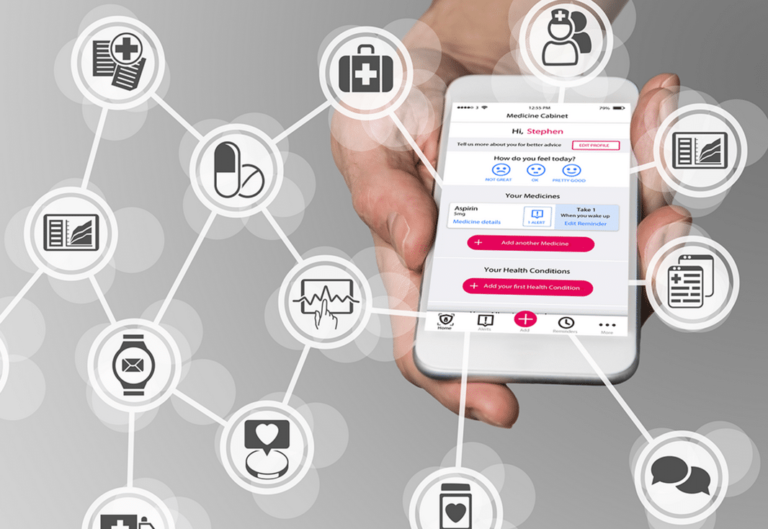The hum of countless devices joining a network often goes unnoticed until it grinds to a halt. Today, boardrooms are brimming with questions over how to weave thousands of sensors, cameras and controllers into cohesive operations without tying up precious engineering resources. The answers lie not in incremental tweaks but in a fundamental rethink of how devices step into service, promising a shift that could redefine the calculus for any organisation betting on the Internet of Things.
Imagine an energy firm launching a grid of smart meters across multiple regions. Under traditional methods each endpoint requires manual secrets or bespoke scripts, capping technicians at onboarding around twenty units per day. Multiply that over tens of thousands of nodes and the timeline stretches into months, with security gaps widening by the hour. In contrast, a system that automatically identifies each device, issues unique credentials and configures connectivity in one seamless flow can reduce sign‑up times from days to minutes, while ensuring every link in the chain adheres to stringent policies.
At the heart of this transformation is a structured framework that blends device discovery with policy driven provisioning. When a device powers on, it advertises its presence and attributes, MAC signature, firmware version, communication protocols, and a central authority assigns it to the correct security group. From there a cryptographically bound credential is generated, tethered to hardware or a secure element, eliminating the errors and inconsistencies inherent in manual configuration.
This approach extends beyond initial onboarding. Configuration profiles for firewalls, network segments and access controls are applied automatically according to each device’s role, removing the need for technicians to wrestle with spreadsheets or command‑line interfaces. Integration with existing identity platforms ensures that devices inherit corporate policies and audit trails, allowing compliance teams to track every handshake and certificate exchange without lifting a finger.
Piloting such automation typically begins with a carefully chosen subset of devices. A manufacturer might select a mix of rugged sensors and standard enterprise servers to validate discovery workflows and credential flows, running simulated load tests to ensure performance at scale. Success metrics emerge quickly: onboarding success rates approach one hundred per cent, and resource allocation shifts from routine setup to strategic architecture.
Rolling out the system across the entire fleet demands a phased plan. Operational runbooks, training materials and escalation paths replace ad hoc scripts, while backup and recovery processes guarantee business continuity if the central orchestration platform falters. By the time thousands of devices have been onboarded automatically, what once seemed a complex orchestration of human effort transforms into an engine of predictable, auditable outcomes.
Security, far from taking a back seat in this model, is woven in at every step. Zero trust principles ensure each device is treated as untrusted until it proves its identity and integrity, while hardware attestation confirms that firmware has not been tampered with. Cryptographic standards are regularly updated, and logs of every onboarding event feed analytics engines that flag anomalies before they impact operations.
Once devices are live, continuous monitoring takes over with behavioural analysis tools that spot deviations in traffic patterns or configuration drift. Should a device stray from its accredited profile, automated controls can quarantine it instantly, protecting the wider network. Administrators gain a unified dashboard that spans from the edge to the cloud, turning what used to be a blind spot into a window for proactive governance.
Organisations that rush into this automation without planning often stumble over integration challenges or over‑engineering pitfalls, trying to automate every fringe scenario before mastering the common use cases. The wiser path is to begin with high‑volume, repeatable processes, then layer in advanced features such as multi‑tenant partitioning or blockchain based identity as the programme matures.
The result is a step change in operational efficiency and risk management. Technical teams pivot from repetitive manual tasks to designing resilient architectures that anticipate tomorrow’s connectivity demands. Cost of ownership drops as labour intensity diminishes and certificate lifecycles renew themselves automatically. Crucially, boards gain confidence that IoT deployments can scale without compromising security or compliance.
Device Authority’s platform embodies this vision by delivering automated certificate issuance, policy enforcement and deep integration with enterprise identity systems. By abstracting the complexity of key management and zero touch provisioning into a single platform, it empowers organisations to unlock the full potential of IoT, from smart factories to distributed energy networks, while maintaining the governance standards investors demand.
Device Authority equips businesses with a turnkey solution for orchestrating secure device lifecycles at scale. By automating discovery, authentication, configuration and monitoring, it transforms the challenge of connecting millions of devices into a controlled, repeatable process that enhances both agility and resilience.
Tern plc (LON:TERN) backs exciting, high growth IoT innovators in Europe. They provide support and create a genuinely collaborative environment for talented, well-motivated teams.














































